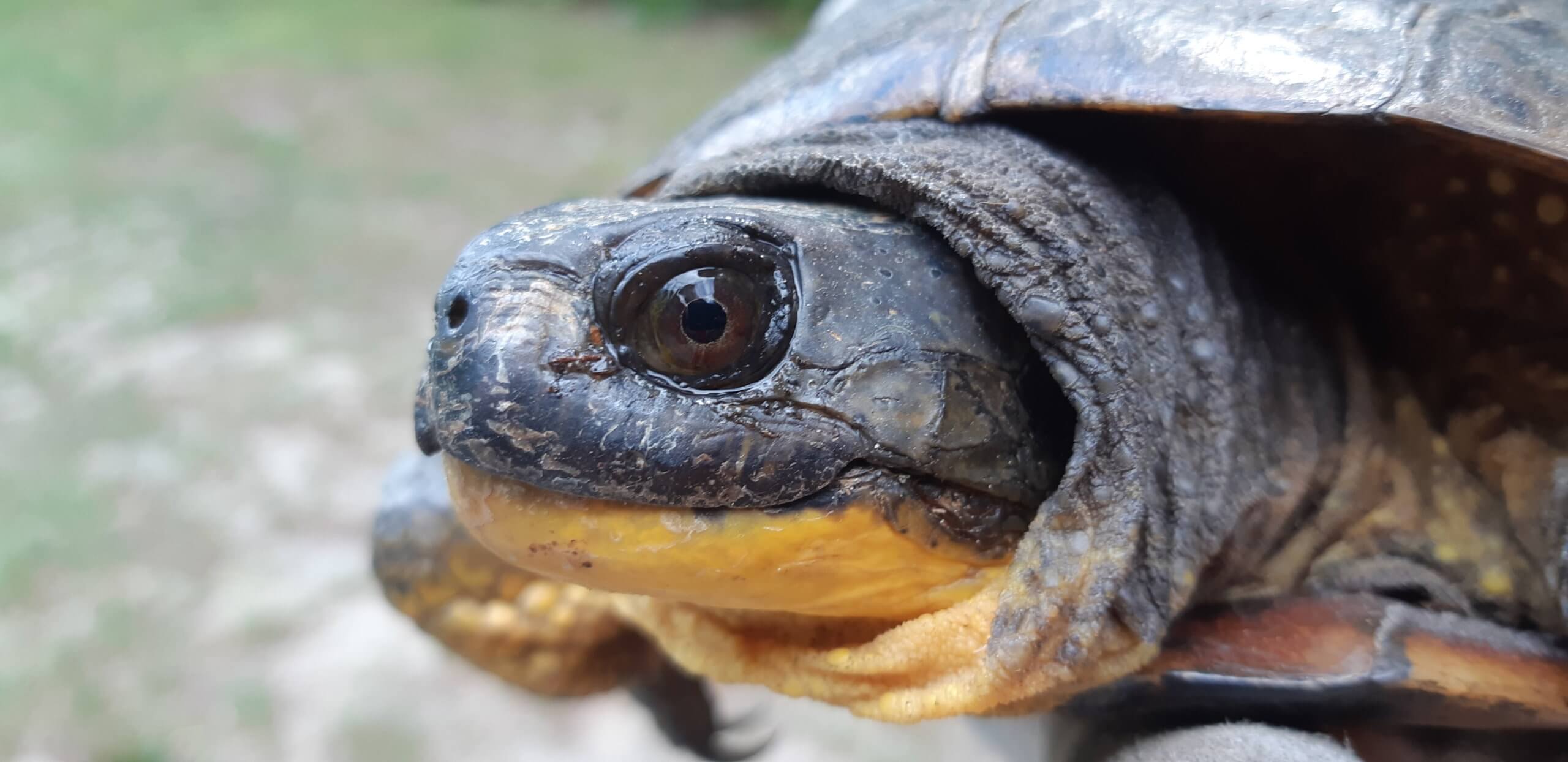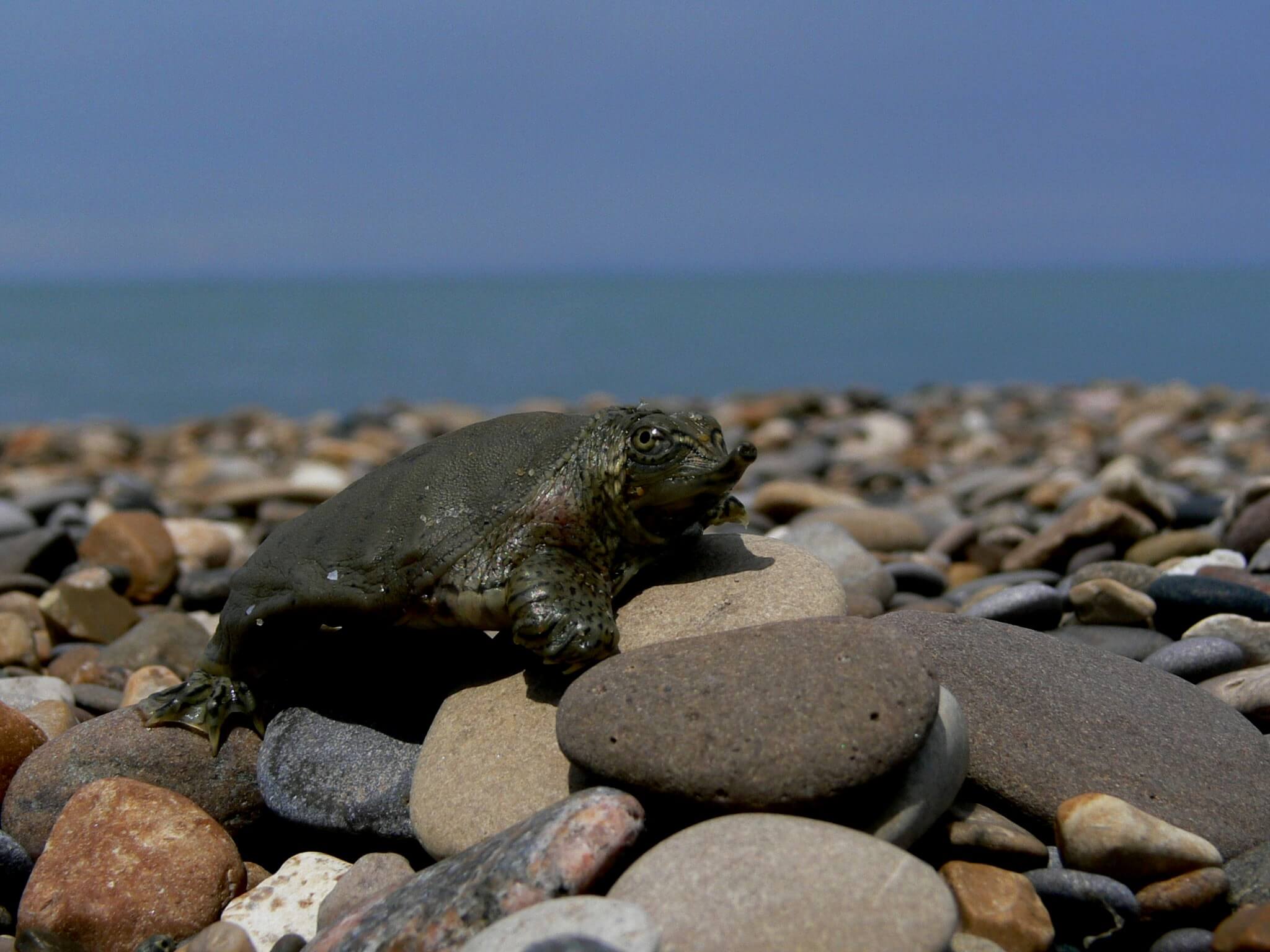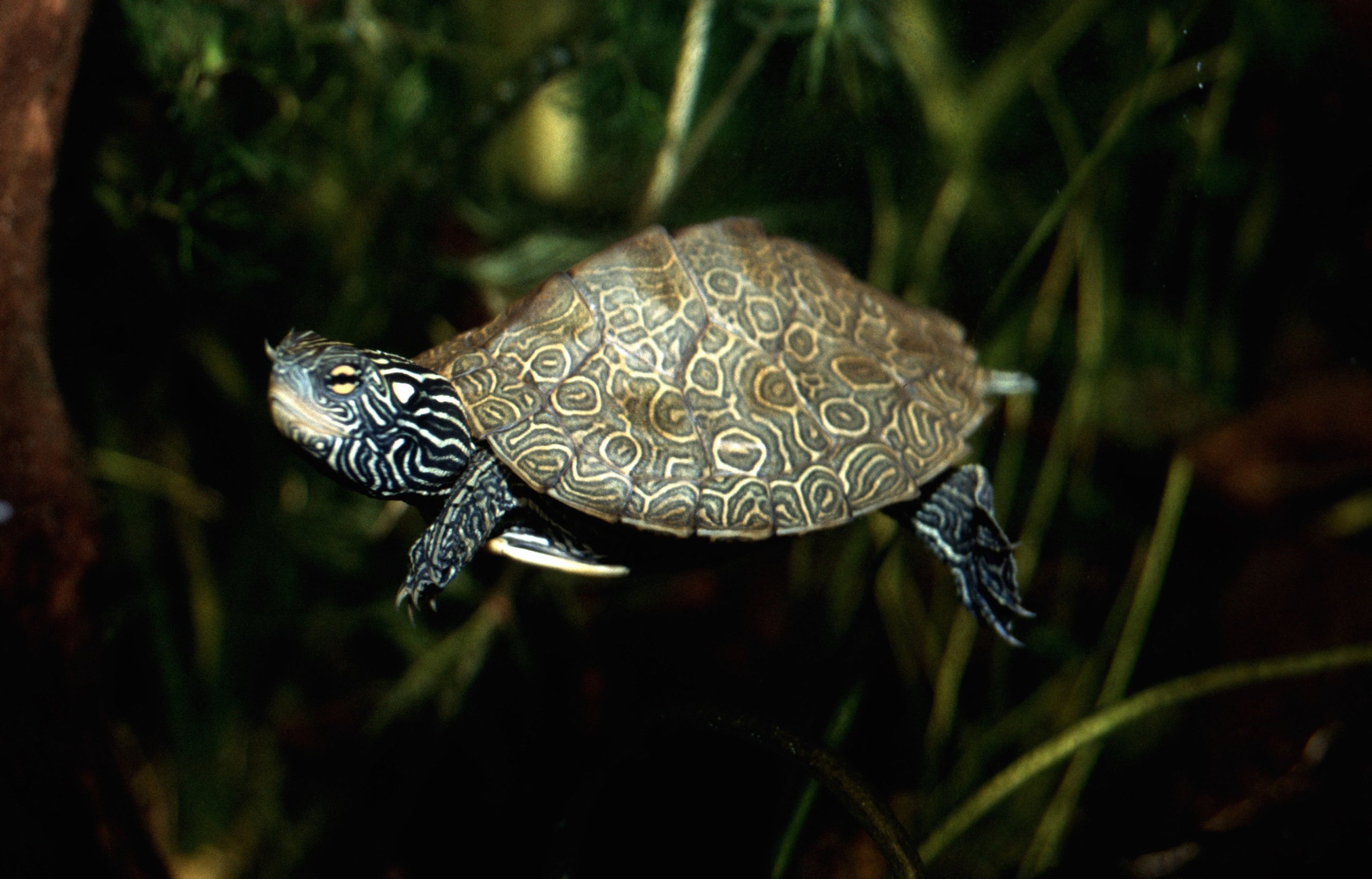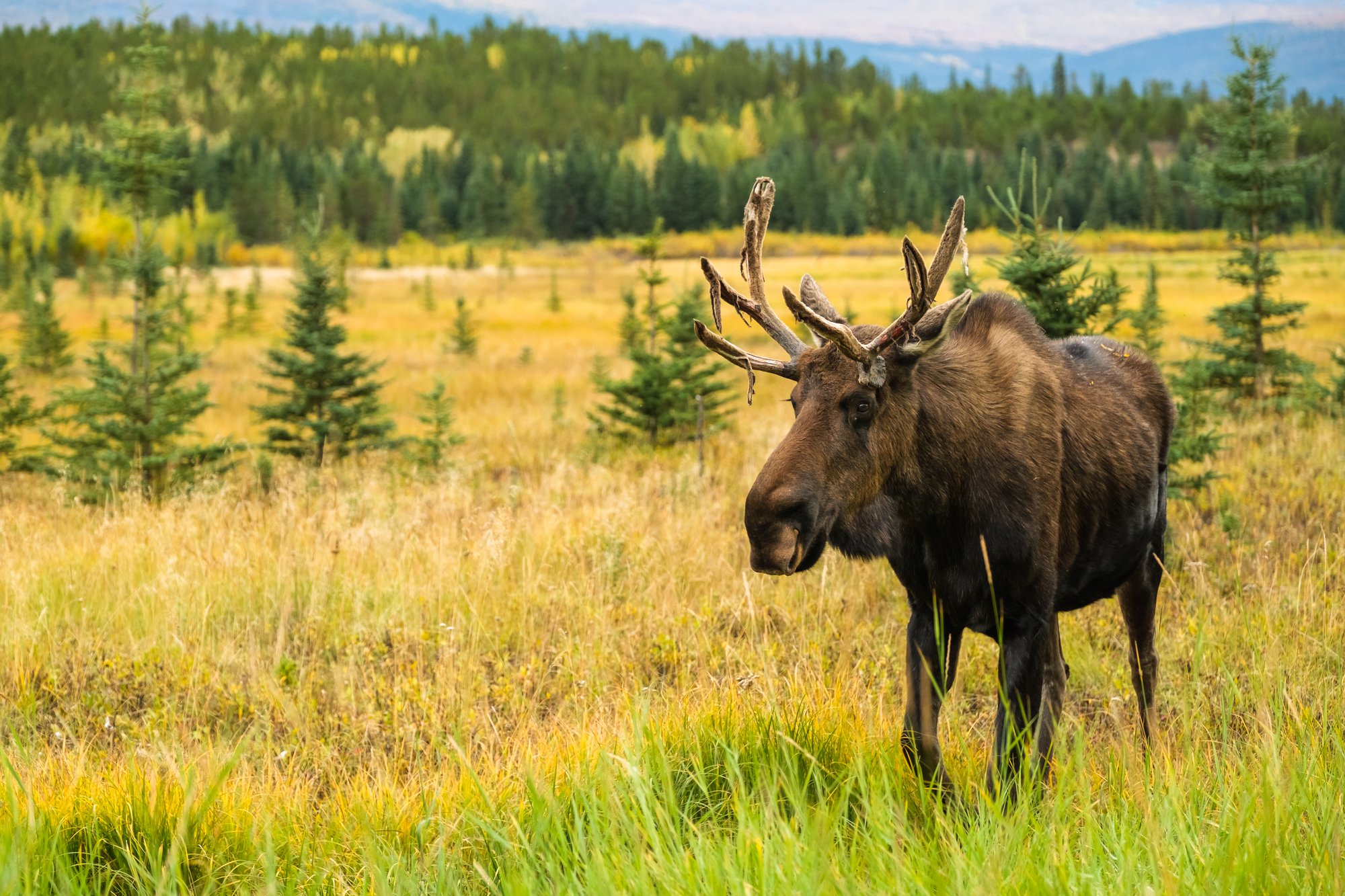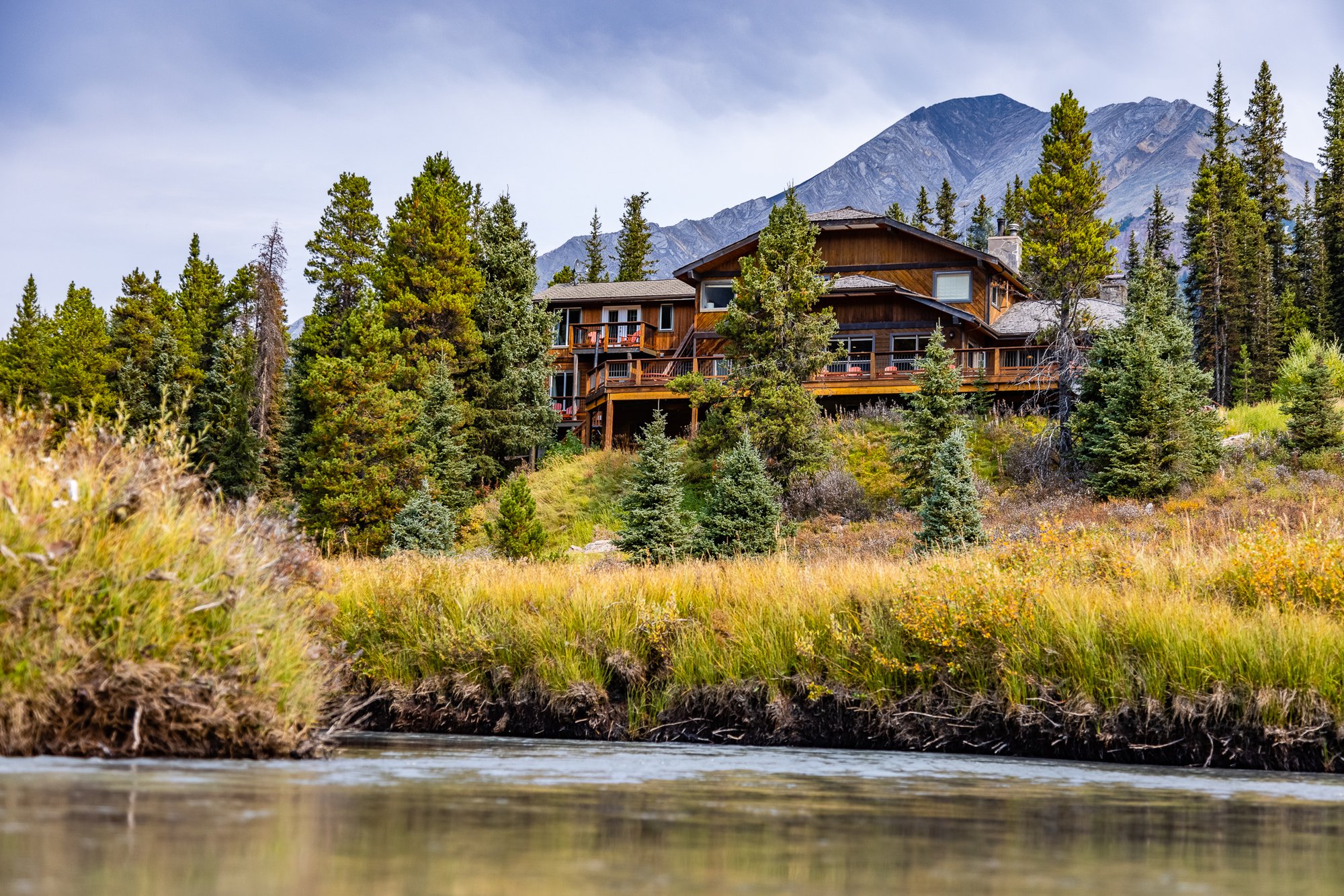Protecting Ontario’s Turtle Species
Spring has come to Southern Ontario in full force and that means one thing: turtles are on the move. Climbing out of their winter slumber, our freshwater friends are once again making their way (slowly) to the province’s many marshes, rivers, bogs and lakes.
Did you know that Southern Ontario has eight turtle species? It is the most of any Canadian province or territory.
Sadly, habitat loss and roadway casualties are leading to a decline in turtle populations. This is especially concerning because turtles are the “canary in a coal mine” of our wetland system — when turtles are not thriving, we know that something is going on and it is not good.
If you’d like more information on how to help protect our beautiful turtles — or what to do if you see an injured turtle — the Ontario Turtle Conservation Centre is a great source of information and assistance.
Ontario Parks also runs a terrific program aimed at helping turtles called the Turtle Protection Project. Funds from the program go to support efforts to grow turtle populations. Some parks are using nest coverings to help protect batches of eggs from predators, others have installed ecopassages and turtle fences to curb turtle road mortality.
Read on below to learn about each of Ontario’s turtle species.
Blanding’s Turtle
These turtles are best recognized by their bright yellow throats and domed shells. They love to hang around freshwater spots such as slow-moving streams and marshes. While they can also inhabit lakes, the turtles do prefer shallow water. In addition to southern Ontario, Blanding’s Turtles can also be found in regions of Quebec and Nova Scotia — the species, however, is listed as threatened and has been designated a Specially Protected Reptile under the Ontario Fish and Wildlife Conservation Act.
Painted Turtle
Ontario’s Painted turtles have a fairly flat upper shell with red markings along the sides — a trait that gives these colourful creatures its name. Painted turtles love to hang out in lakes and ponds, as well as wetlands, rivers and streams. Basically, they love the water! If they are not swimming, you’ll find them basking in the sun on a rock or log, often in a group.
Ontario is home to two subspecies of Painted turtles: the Midland Painted (pictured above) and the Western Painted. The species is listed as “special concern” federally.
Northern Map Turtle
The pretty and distinct pattern on the Map turtle’s shell is what gives it its name because it resembles a topographical map. These reptiles love to eat snails, crayfish and insects and can be found in the Great Lakes Basin — especially around the shores of Georgian Bay, Lake Erie and Lake Ontario. They are also found in some of the big rivers in the region, such as the Grand and the St. Lawrence.
Wood Turtle
Wood turtles are semi-terrestrial, which means that they enjoy spending time on land as much as they do in water. During the summer months, these lovely turtles with dark brown shells are often found in fields and in forests close to a stream or body of water. In the spring and fall, they head into streams and rivers where they mate (as well as where they hibernate for winter).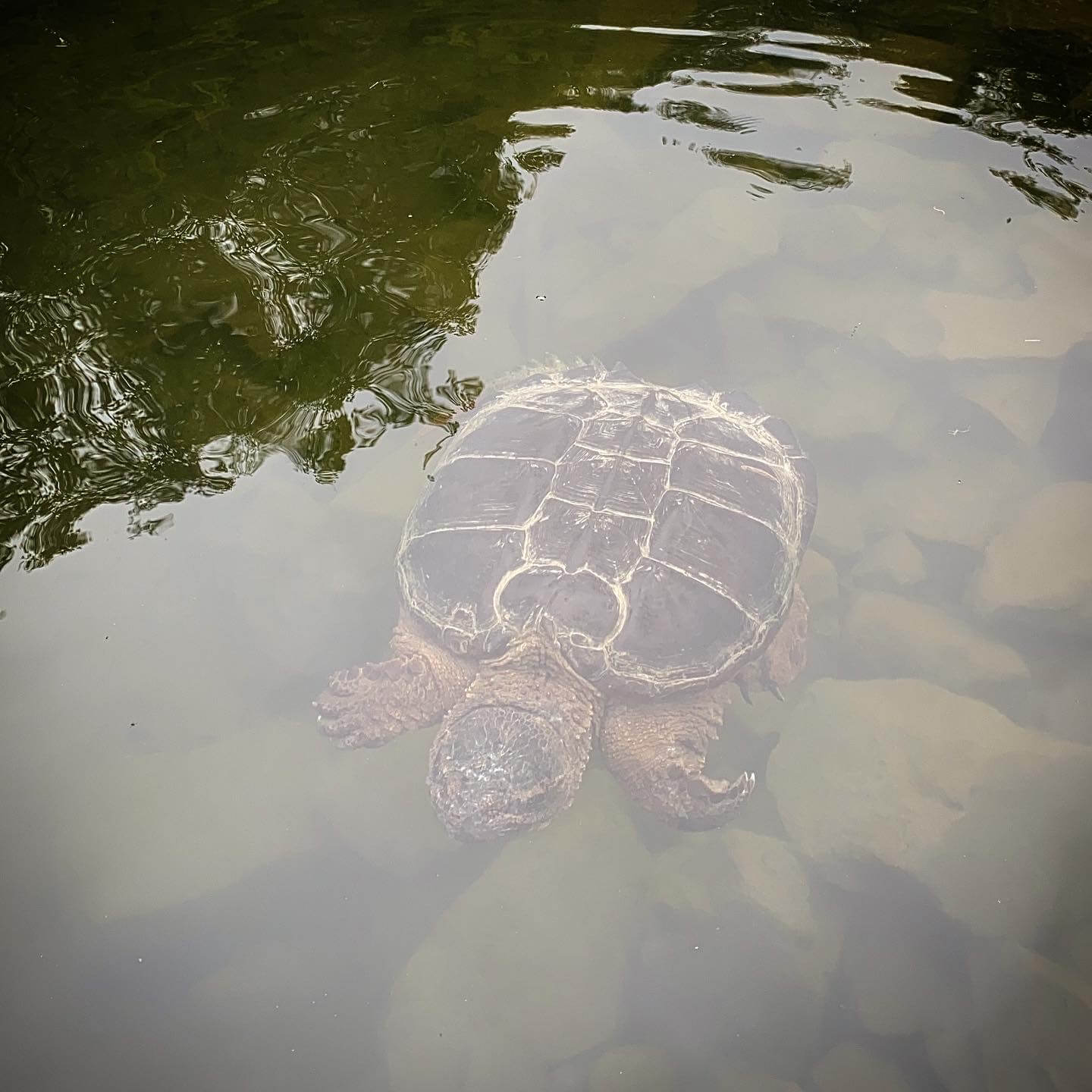
Snapping Turtle
When people say they are afraid to swim in lakes and rivers because of turtles, they are most likely referring to Snapping Turtles. These prehistoric-looking creatures are Ontario’s largest turtles by far, weighing up to 20 kg. They have big paws and a distinctive triangular tail with spikes along the top. Snapping turtles have powerful jaws and, as their name suggests, are capable of biting really hard! While slow-moving on land, they are actually really fast at turning their long necks and snapping when they feel threatened.
If you see a large ‘Snapper’ in the wild, it may just be older than you — these turtles can live to be more than 100 years old!
Spotted Turtle
Black shells studded with bright yellowish-orange spots are the trademark characters of the tiny Spotted turtle. Among the smallest in Ontario, these reptiles have shells that only grow up to 12 centimetres in length. They live in small bodies of water, such as marshes, ponds and bogs, in water that is fairly shallow. They are listed as endangered on the Ontario Endangered Species list due to habitat loss and illegal collection of this species to sell as pets.
Spotted turtles are most active in the early spring before the weather becomes too hot for them. They mate and lay eggs in May and June and the eggs hatch typically in September or October. During the heat of the summer, Spotted turtles tend to go into a state of torpor, feeding only in water and exerting little energy.
Eastern Musk Turtle
Typically active from April until October, these tiny turtles are only slightly bigger than their Spotted turtle cousins — growing up to 15 cm long. They are light brown to black in colour and adults can be recognized by the two yellow stripes on each side of their heads. These reptiles love water with soft bottoms, such as wetlands, ponds, lakes and some rivers (as long as there is little current).
When disturbed, the Eastern Musk turtle emits a skunk-like odour which has earned it the adorable nickname ‘stinkpot’.
Eastern Spiny Softshell Turtle
With a distinctive snorkel on its face and a unique soft shell, the Eastern Spiny Softshell turtle is easily distinguished from other species. Usually olive, brown or grey in colour, these turtles are almost always found in water or basking close to shore. They don’t like to travel far! They like to inhabit rivers and lakes, but can also be found in ponds and some creeks. These turtles can grow quite large, nearly as large as Snapping turtles and they are the only ones in the province with a flexible shell.
This turtle is on the endangered list as habitat erosion and nest predation have brought it to the brink of extirpation in Ontario.
If you see a turtle in distress, contact the Ontario Turtle Conservation Centre immediately at 705-741-5000

